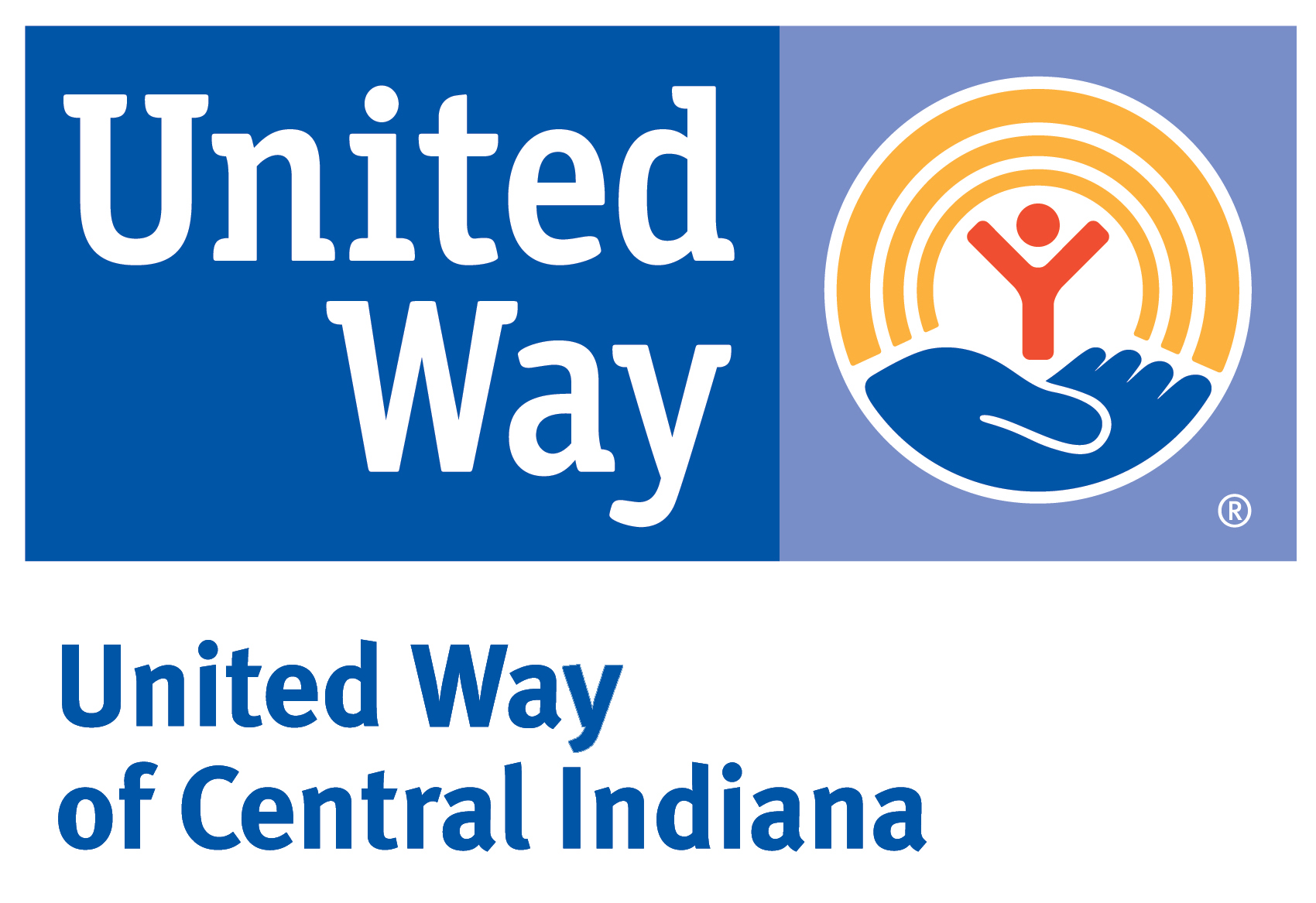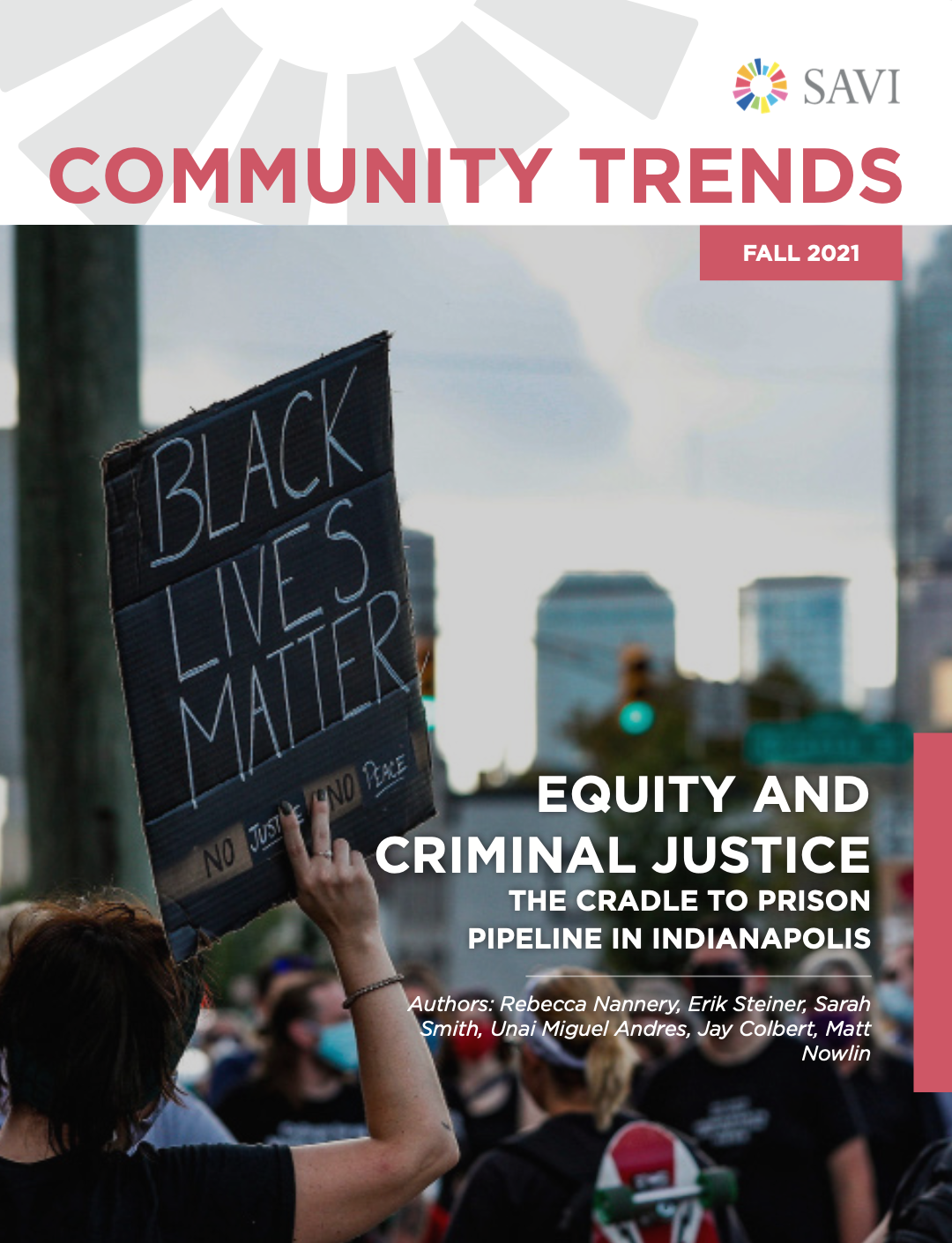Equity and Criminal Justice
SAVI Talks - November 18, 2021An individual’s interaction with the criminal justice system is not necessarily a random event: Research shows that beginning from birth, various factors including disability, race, gender, and economic status result in disproportionate impact on subpopulations in a way that makes them more likely to engage with the criminal justice system. These factors, and policies that alleviate or compound existing inequities will be examined using the Cradle to Prison Pipeline framework.
This report examines a concept called the “cradle to prison pipeline.” It is a review of some of the basic statistics at each stage of this pipeline: childhood, school, juvenile justice, early adulthood, and imprisonment. For each stage, we present basic trends and disparities across race, place, gender, and other demographic variables.
Research has shown that highlighting racial disparities can actually increase support for policies that perpetuate inequality, such as “stop and frisk.” With caution, this report maintains a focus on disparities, particularly between Black and white residents, because those are indicative of problems within systems and not the inherent criminality of individuals or populations.
Black and white jail population per 100,000 people age 15-64 (five-year average)
Indiana
Marion County
Community Trends Report
SAVI Talks Presentation
Introduction & Report Presentation:
Panel Discussion & Closing Remarks:
Articles and Story Maps
Explore other research and interactive content we have developed around equity.
How Density Affects Destiny When It Comes to Tobacco Access
Greater density of tobacco retailers has been associated with higher rates of smoking. In “high access” areas, the poverty rate is more than three times higher than in “low access” areas.
Understanding the “Why” Behind the “What” in the Spread of Disease
Dr. Patrick Lai is combining data from the Indiana Network for Patient Care and SAVI to understand which neighborhoods have higher rates of STDs and why.
Unequal Access: Tobacco Retail in the Indianapolis Metro Area
Retail access to various smoking products is an important consideration when discussing community action to improve a community’s health. Studies show that tobacco outlet density and proximity are linked to tobacco use–particularly in poor areas. We used...
Who Has Access to Groceries and Farmers’ Markets?
The USDA defines food deserts as a census tract where “at least 500 people and/or at least 33 percent of the census tract's population reside more than one mile from a supermarket or large grocery store." [usda.gov] This is a useful definition, but of course food...
How Does Tree Coverage Relate to Built and Natural Environment?
This post comes from Ian Adams, our undergraduate Service Learning intern this semester. In light of Arbor Day this week, let's talk trees in Indianapolis. As a whole, one-third of Indianapolis’s total land area is covered by tree canopy. Out of the 99 neighborhood...
Using the Community Assessment Tool
Quickly Learn About Your Community Discover. Explore. Monitor. With SAVI’s new Community Assessment Tool, it’s a breeze to create a report about needs and assets for any scope your organization chooses. What resources does a community already have? What’s the poverty...
The Affordable Housing Market and Why It Matters
The People and Places Poverty Impacts the Most
This is part of our IndyVitals blog series, exploring the data behind IndyVitals.org. Poverty does not affect all populations equally. Unfortunately, women, people of color, and people with less education are statistically more likely to fall below the poverty line....
Income, Unemployment, and Health Insurance in Indianapolis
This is part of our IndyVitals blog series, exploring the data behind IndyVitals.org. You may be aware that the U.S. has a disproportionately large uninsured population when compared to countries with similar developed economies. While many of these countries have...
What Type of Businesses are Located in Your Neighborhood?
This is part of our IndyVitals blog series, exploring the data behind IndyVitals.org. Have you ever wondered exactly what type of businesses are offered in your neighborhood or an area in which you’d like to live and be close to your job? Interested in food services,...
Authors
Sharon Kandris
Associate Director,
The Polis Center
Jay Colbert,
Data Manager,
The Polis Center
Jeramy Townsley,
Visiting Research Analyst,
The Polis Center
Matt Nowlin,
Research Analyst,
The Polis Center
Event Partners





